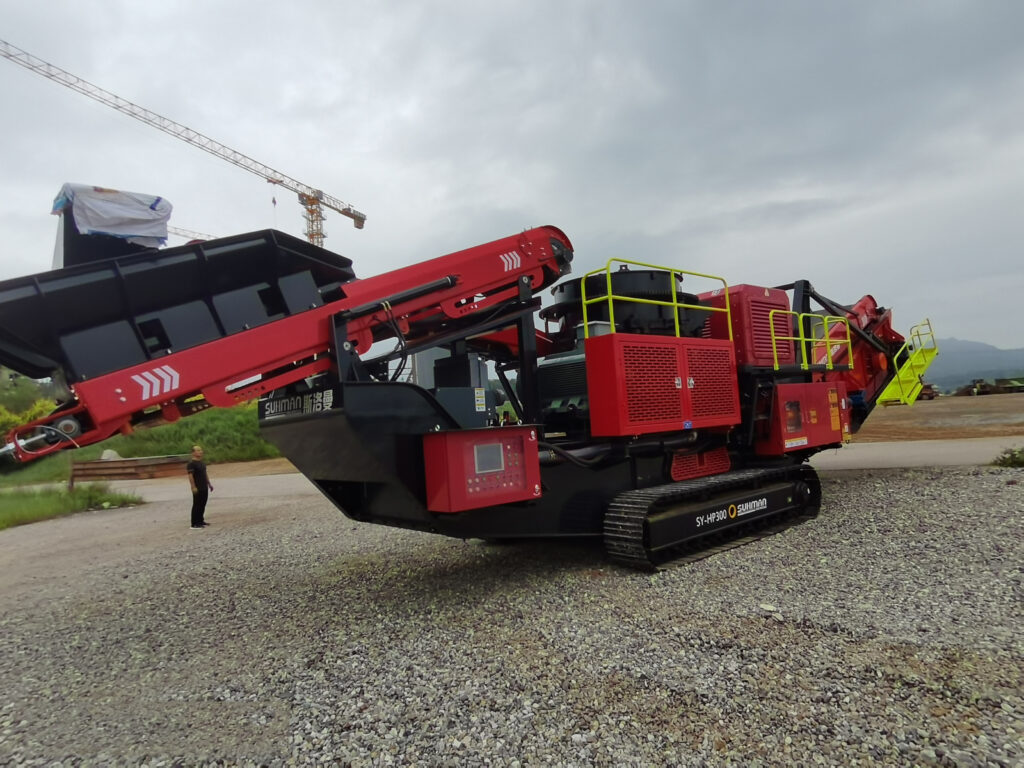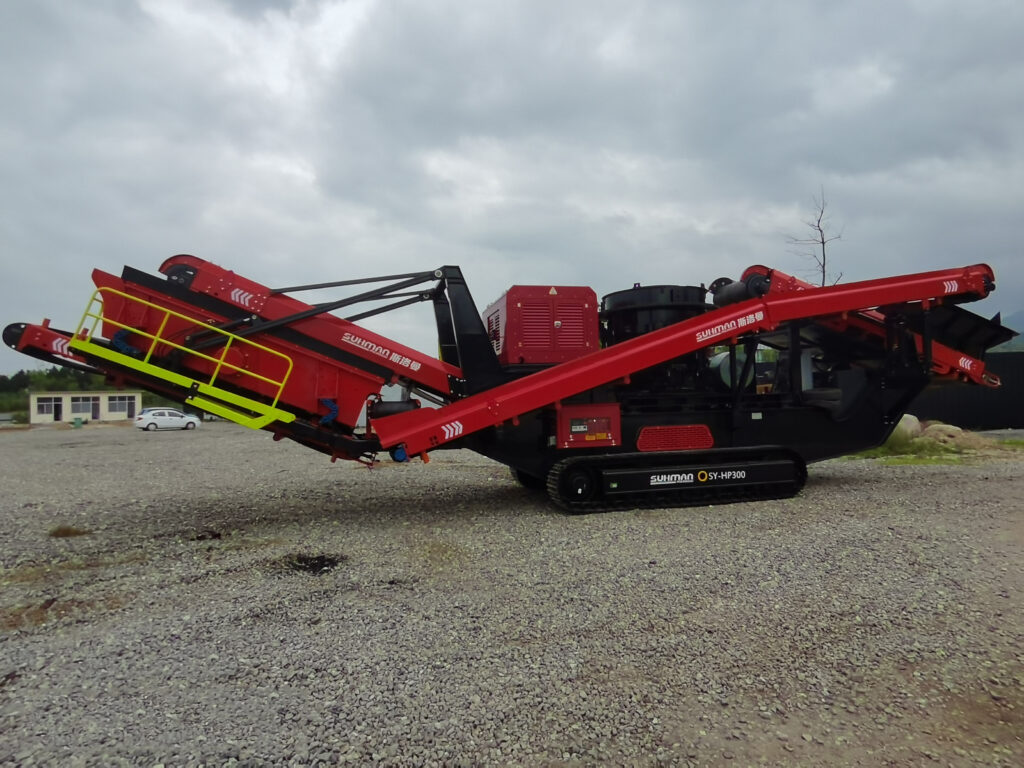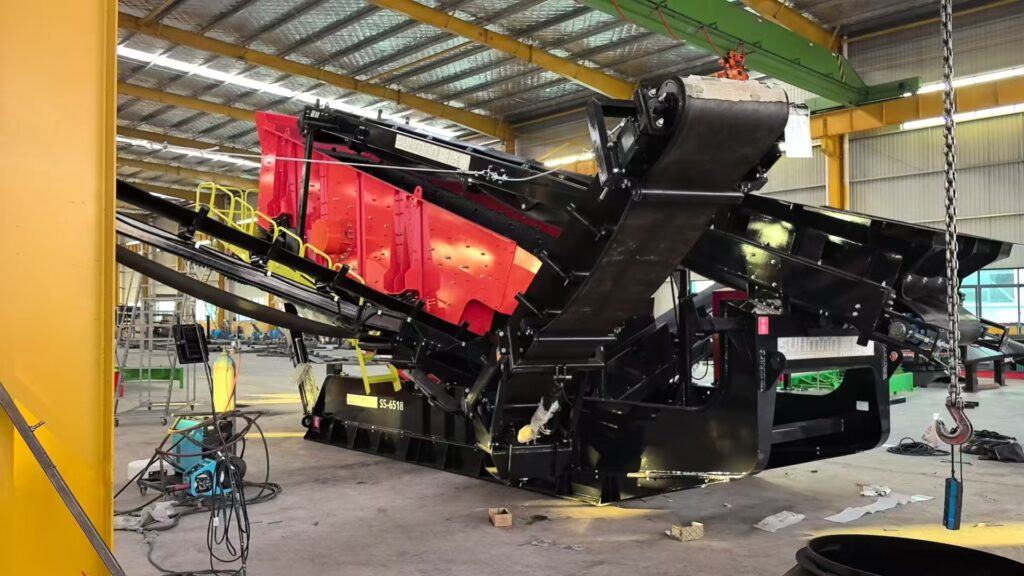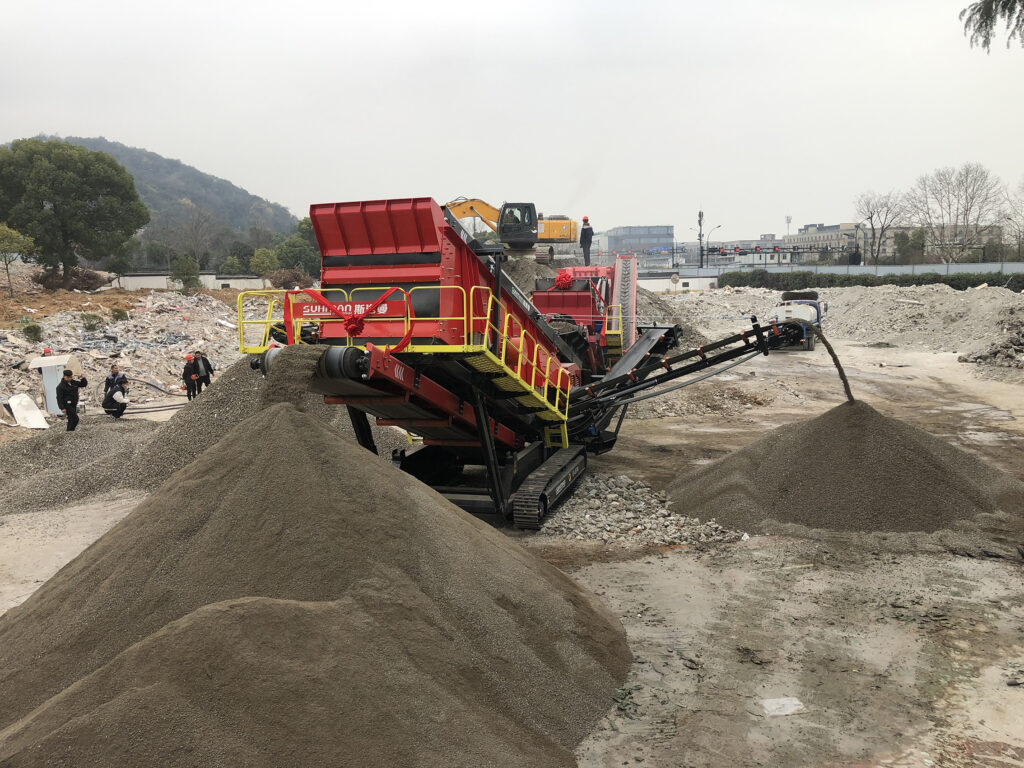How Much Does a Crawler Mobile Impact Crusher Cost?
Release time: 2025-06-16
The price of a crawler mobile impact crushing station varies depending on configuration, capacity, and optional features. For an accurate quote tailored to your production needs, please contact our sales team directly.




Also known as track-mounted mobile crushers, these machines are designed to deliver powerful crushing performance across a wide range of materials. Whether you're processing mountain stones (like limestone, marble, granite, basalt, dolomite, sandstone, and andesite), metal ores (such as iron ore, molybdenum ore, and tailings), or construction waste, coal, glass, or ceramics—this equipment gets the job done with high efficiency.
Main Features and Configurations:
Suhman’s track-mounted series includes:
- Crawler Jaw Crusher Plant
- Crawler Impact Crusher Plant
- Crawler Cone Crusher Plant
- Tracked Screening & Crushing Station
- Crawler Carrier Base Units
The equipment includes several types of mobile crushing units: crawler jaw crusher plant, crawler impact crusher plant, crawler cone crusher plant, crawler-mounted carrier unit, and crawler-type standard screening and crushing plant. These flexible configurations cover all stages of crushing—coarse, medium, fine—as well as screening, ensuring there’s always a solution that meets your operational needs.
Crawler Mobile Jaw Crusher Station
The crawler-type jaw crusher series is known for its large crushing ratio, uniform particle size, simple structure, reliable operation, easy maintenance, and low operating cost. Widely used in mining, smelting, building materials, highways, railways, water conservancy, and chemical industries, this crusher is ideal for materials with compressive strength not exceeding 320 MPa.
Working Principle of Crawler Mobile Impact Crushing Station
Material is evenly fed into the hydraulic-driven crawler crushing station via a vibrating feeder. After preliminary crushing by the impact crusher, materials enter a closed-loop system formed with a circular vibrating screen, allowing for continuous and efficient crushing. Qualified materials are discharged via a conveyor, achieving the desired output size. If needed, the vibrating screen can be removed for primary crushing only, or combined with other equipment for more complex operations.
Mobility and Application Advantages
As a major category in mobile crushing equipment, the crawler mobile crushing station stands alongside the tire-type mobile crusher in importance. With its track-mounted system, it can navigate complex terrains such as rugged mountain areas, dense construction waste sites, and steep slopes with ease. This flexibility breaks free from the limitations of conventional fixed crushing locations, enabling operations in new resource areas.
The equipment layout can be customized based on site conditions, with a wide range of models and complete specifications available to meet different operational demands.
Each configuration is designed to meet different processing needs—from primary crushing to fine crushing and screening—making the equipment highly adaptable for sand and gravel production, mining, recycling, concrete batching, and dry mortar plants.
Why Choose Our Crawler Mobile Impact Crusher?
- Strong Crushing Capacity: Especially effective for medium-hard to hard materials.
- Flexible Combinations: Modular design allows multiple units to work together or independently.
- All-terrain Mobility: Thanks to its track-based system, it can easily move across rough terrain, mountainous areas, and crowded urban construction sites.
- No Foundation Required: The machine arrives ready to work, saving time and installation costs.
- Lower Operating Costs: Easy maintenance, efficient fuel consumption, and long service life.
Working Principle:
Material is fed evenly by a vibrating feeder into the impact crusher for primary crushing. After initial crushing, a circular vibrating screen creates a closed-loop system, allowing for continuous crushing and automatic separation of materials that meet size requirements. The final product is then discharged via a conveyor belt. Optional configurations include bypassing the screening system for direct crushing, or integrating additional crushers and screens for more complex processing tasks.


